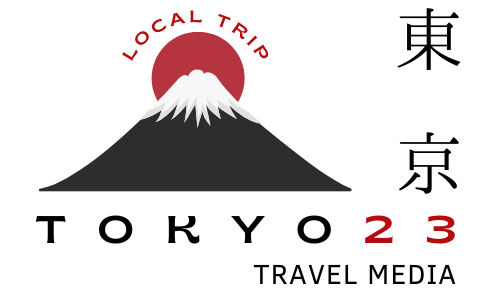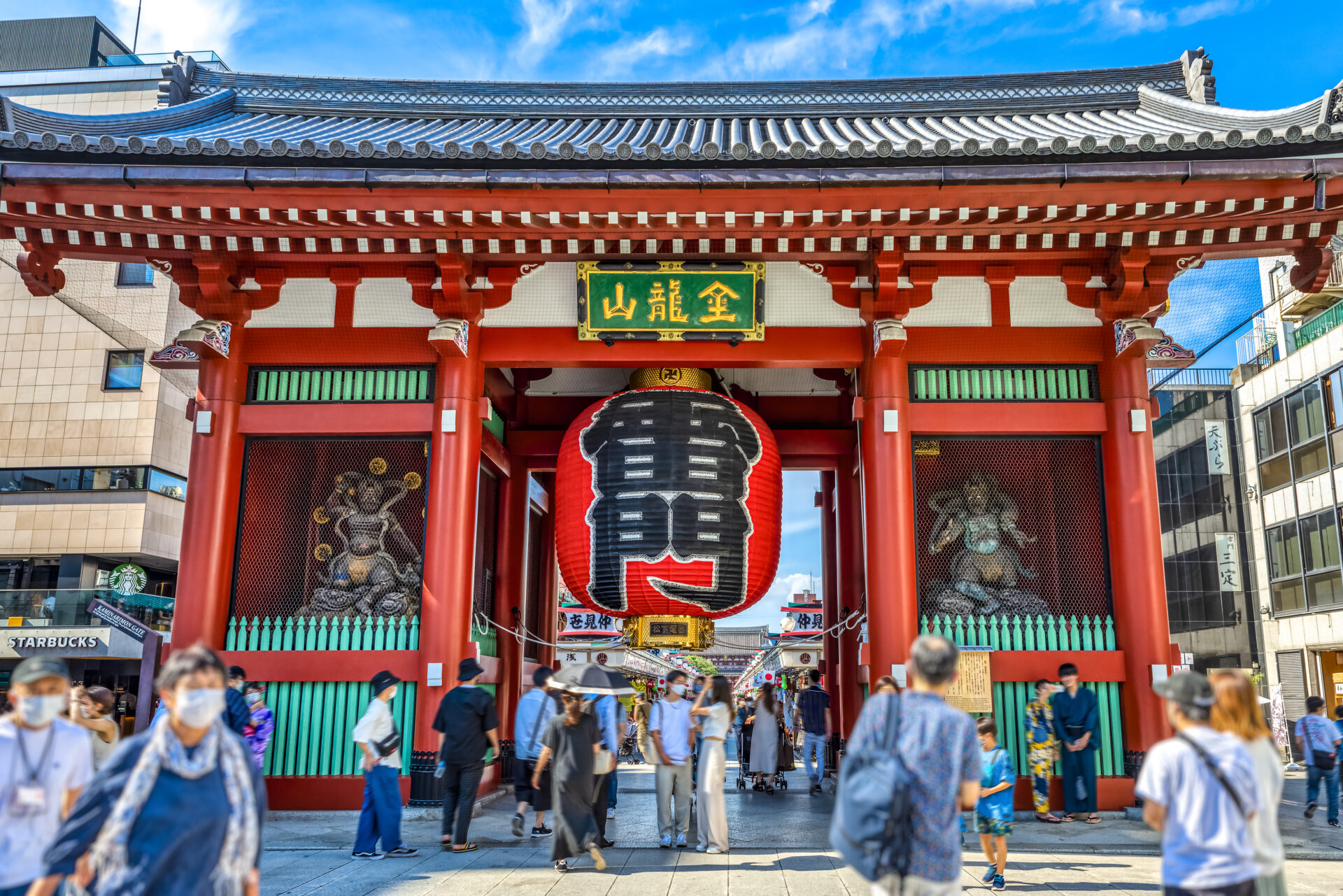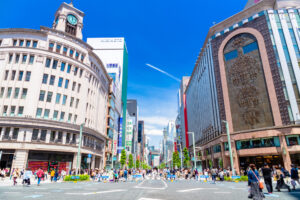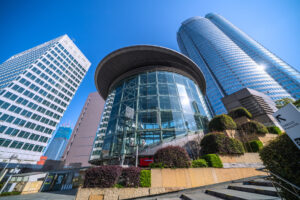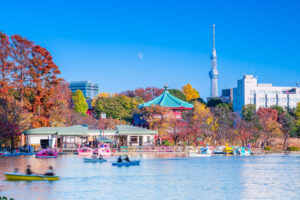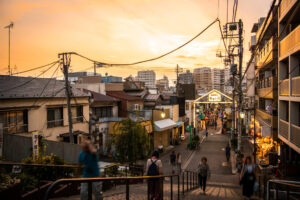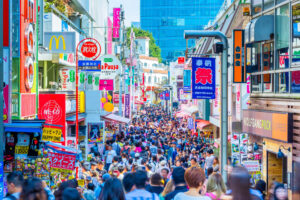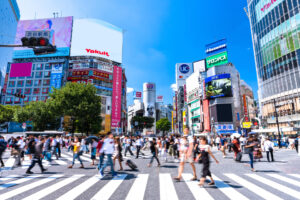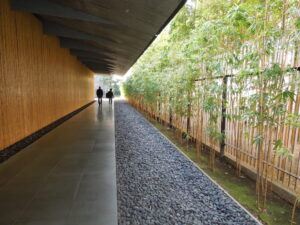Discover the Charm of Asakusa Temple and Its Surrounding Attractions
Asakusa is one of Tokyo’s most historic and culturally rich districts, with Asakusa Temple (Sensoji) at its heart. This guide will provide an in-depth look at the allure of Asakusa Temple and the surrounding attractions that are must-sees for foreign tourists.
The History and Background of Asakusa Temple
History Asakusa Temple (Sensoji), founded in 628, is Tokyo’s oldest temple and a significant Buddhist sanctuary that has attracted many devotees and tourists over the centuries. From the Nara period to the Edo period, Asakusa Temple played a crucial role as a religious and cultural center in Japan. Though it suffered extensive damage during World War II, it was beautifully restored to its former glory.
Main Hall (Kannon-do) The Main Hall of Asakusa Temple, dedicated to the Bodhisattva Kannon, offers a serene and sacred atmosphere to visitors. The wooden architecture and the majestic interior decorations are highlights. Visitors often light incense and offer prayers here.
Kaminarimon (Thunder Gate) The entrance to Asakusa Temple, Kaminarimon, is widely recognized as the symbol of Asakusa. The giant red lantern is particularly iconic, and tourists frequently take commemorative photos here. Kaminarimon, originally built in the Heian period, has been rebuilt several times over the centuries.
Five-Storied Pagoda The Five-Storied Pagoda of Asakusa Temple is a precious example of ancient Japanese architecture. Standing about 53 meters tall, the striking vermilion pagoda can be seen from afar. Although the interior is usually not open to the public, it is accessible on special occasions.
Nakamise Shopping Street Nakamise Street stretches approximately 250 meters from Kaminarimon to the Main Hall, lined with various souvenir shops and food stalls. This historic street dates back to the Edo period and offers traditional snacks like ningyo-yaki and kaminari-okoshi.
Nearby Attractions
Asakusa Culture and Tourist Information Center
The Asakusa Culture and Tourist Information Center provides tourist information and event details. The 8th-floor observation deck offers fantastic views of the Asakusa area and Tokyo Skytree.
Hanayashiki
Hanayashiki, Japan’s oldest amusement park, is popular with families and couples. Opened during the Edo period, it still features classic attractions. The roller coaster and merry-go-round are particularly beloved.
Sumida River Cruise
The Sumida River Cruise offers scenic views from Asakusa to Odaiba. Night cruises are especially popular, showcasing the beautifully illuminated Tokyo Skytree and Rainbow Bridge. The cruise takes about an hour.
Kaminari-okoshi and Wagashi Specialty Shops
Asakusa is famous for its kaminari-okoshi and traditional Japanese sweets. Long-established wagashi shops offer delicious treats made with traditional techniques. Recommended shops include “Tokiwado Kaminari-okoshi Honpo” and “Asakusa Umezono.”
Kimono Rental In Asakusa, you can rent a kimono to experience traditional Japanese attire. Walking around Asakusa in a kimono deepens the cultural experience. Rental prices start from around 5,000 yen per day.
Rickshaw Tours Rickshaw tours are a great way to efficiently explore Asakusa’s landmarks. Experienced pullers also serve as guides, providing detailed historical and cultural explanations. Tours start from about 7,000 yen for 30 minutes.
Traditional Craft Workshops Asakusa offers a variety of traditional craft workshops, including lantern making and pottery. Many workshops, especially around Asakusabashi, offer English-language sessions.
Conclusion
Asakusa Temple and its surroundings are enchanting tourist destinations rich in history and culture. With highlights like Kaminarimon, the Five-Storied Pagoda, and Nakamise Street, there’s plenty to see and do. To make the most of your visit, planning ahead is recommended. Don’t miss out on hidden spots and delicious local cuisine in Asakusa.
Access
Asakusa is easily accessible via the Tokyo Metro Ginza Line, Tobu Skytree Line, and Toei Asakusa Line, with Asakusa Station being the nearest stop. From Haneda Airport, it takes about 40 minutes, and from Narita Airport, about 60 minutes.
